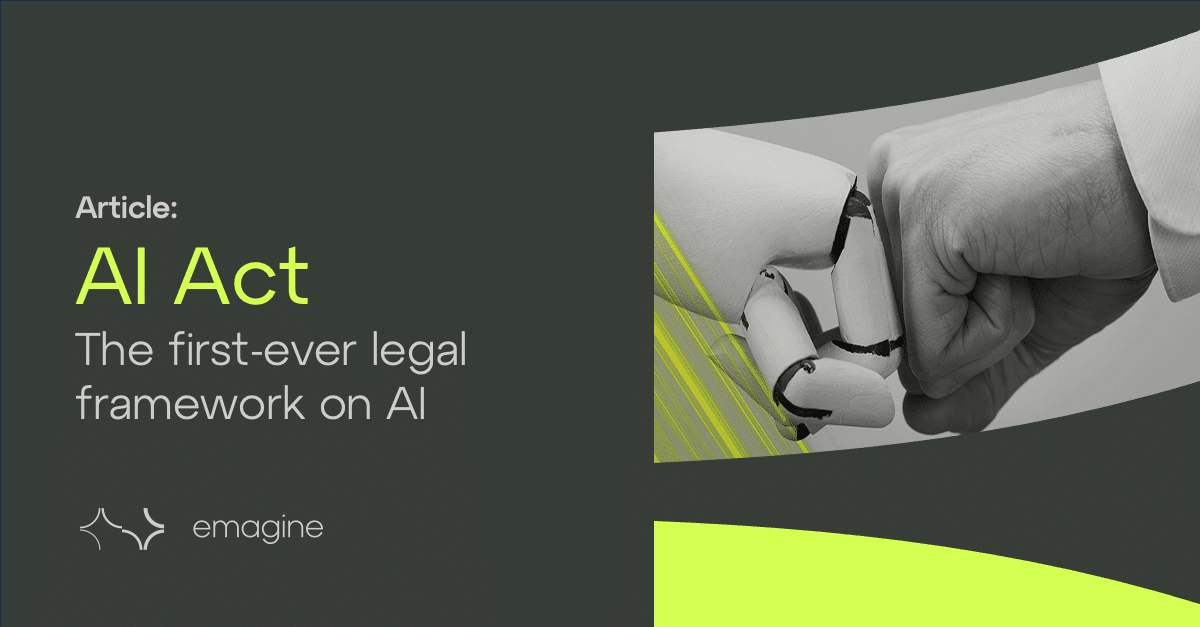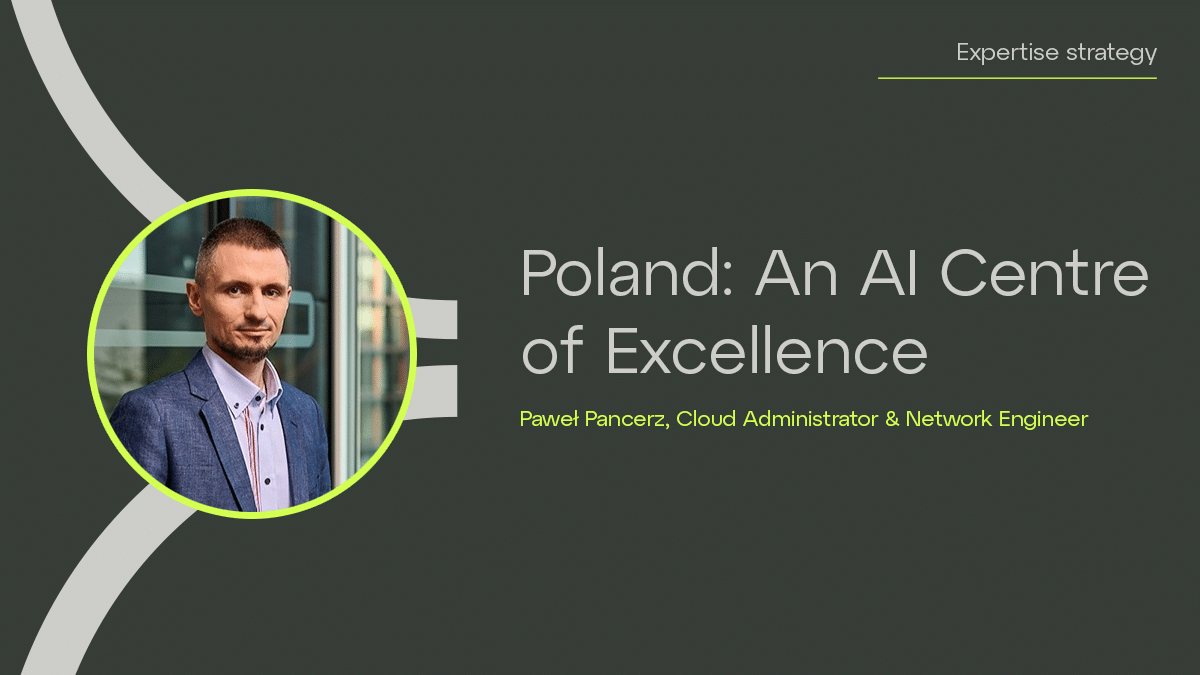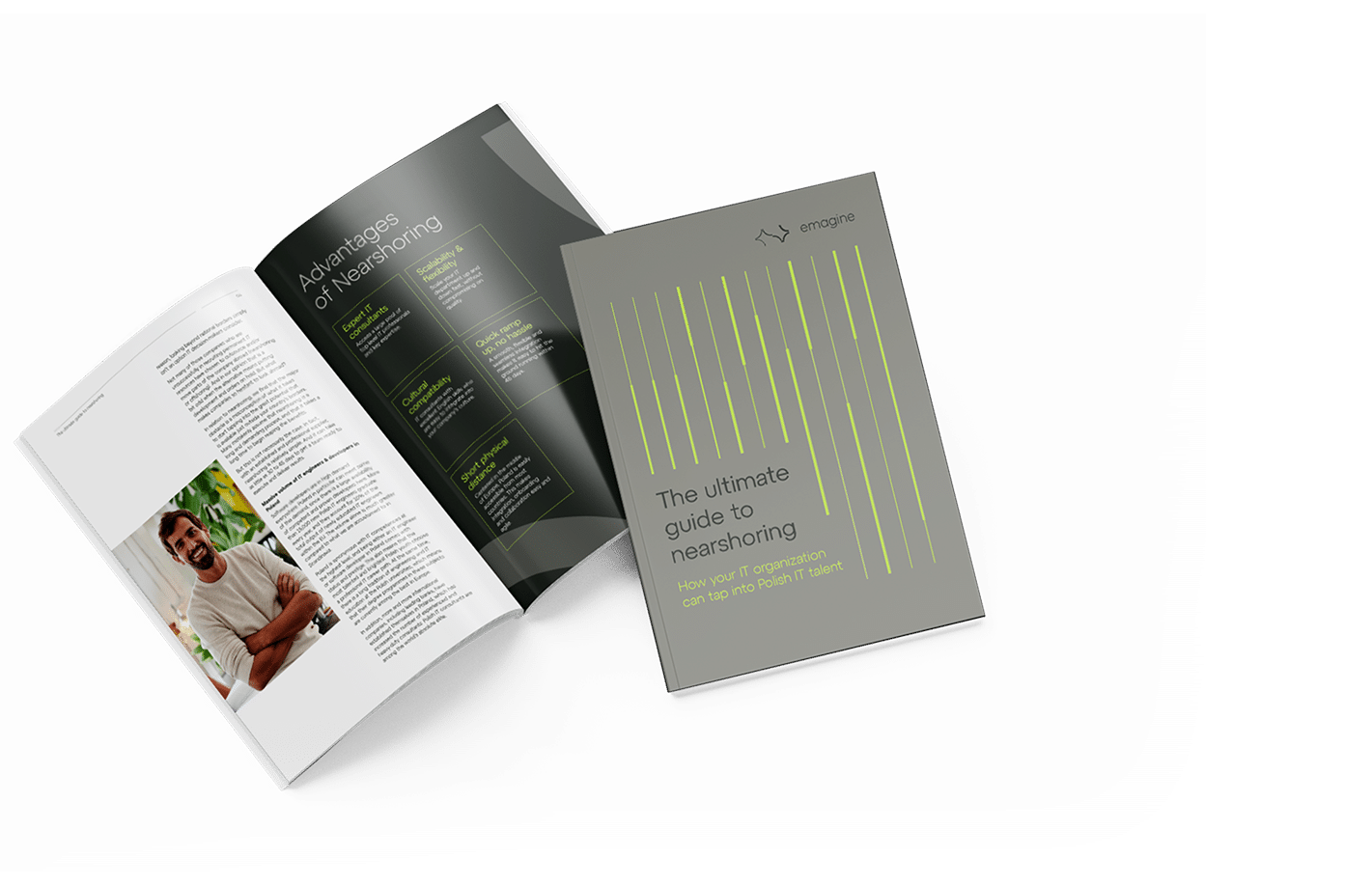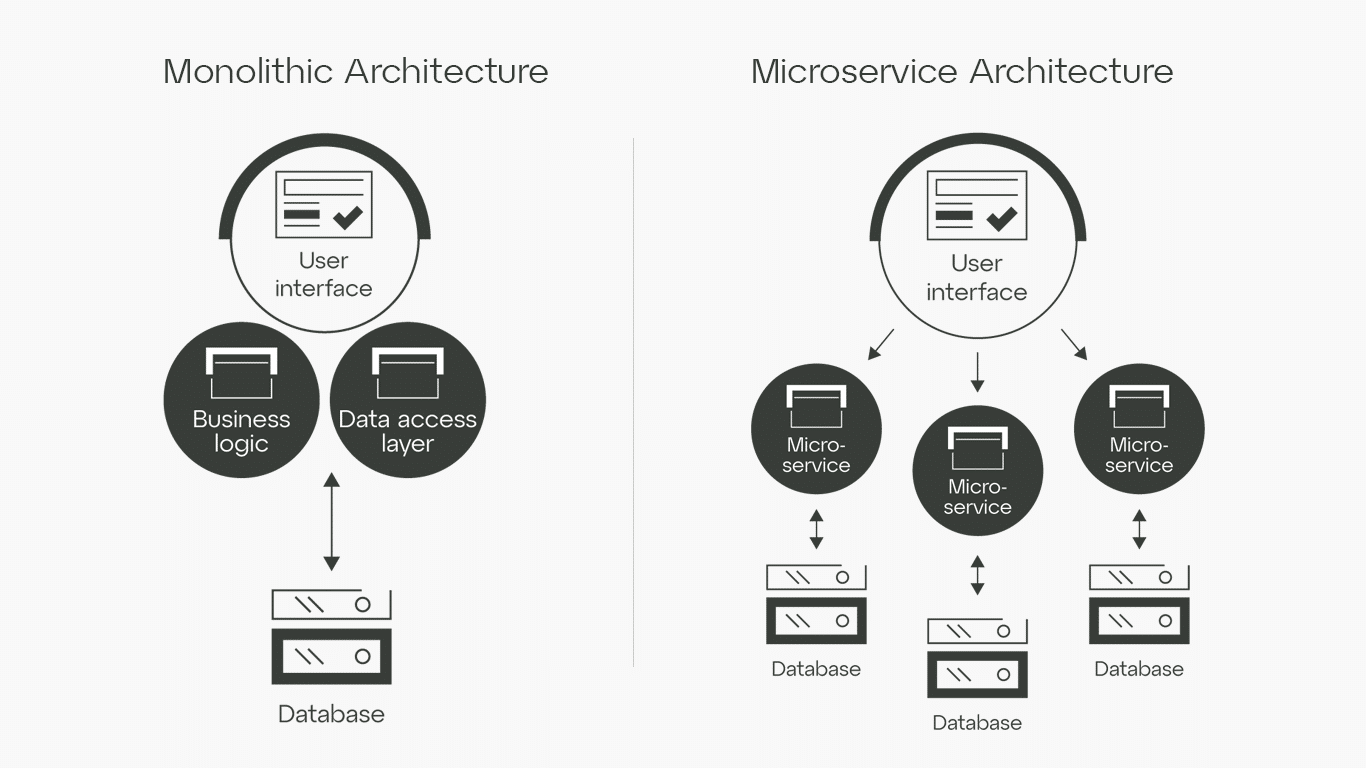Get help with your CV and profile and be found for rewarding projects.
The software supply chain is the 'process of delivering a product to the customer' in the IT domain, referring to the process of designing, building, delivering, and maintaining.
Software supply chain security is a crucial aspect of the contemporary IT world. As technology evolves, an increasing number of organizations and businesses rely on software delivered from various sources, which creates gaps in its security posture.
This article will discuss various aspects of software supply chain security, starting from securing source code to securing deployment processes. I will present software supply chain security practices divided into 5 stages.
Attack on Sunburst
The IT world paid significant attention to supply chain security after the high-profile attack on SolarWinds, known as Sunburst. It was one of the most serious cyber incidents and took place in December 2020.
The attack began by compromising the infrastructure of the software provider SolarWinds to inject malicious code into the popular SolarWinds Orion software, responsible for monitoring and managing computer networks.















































